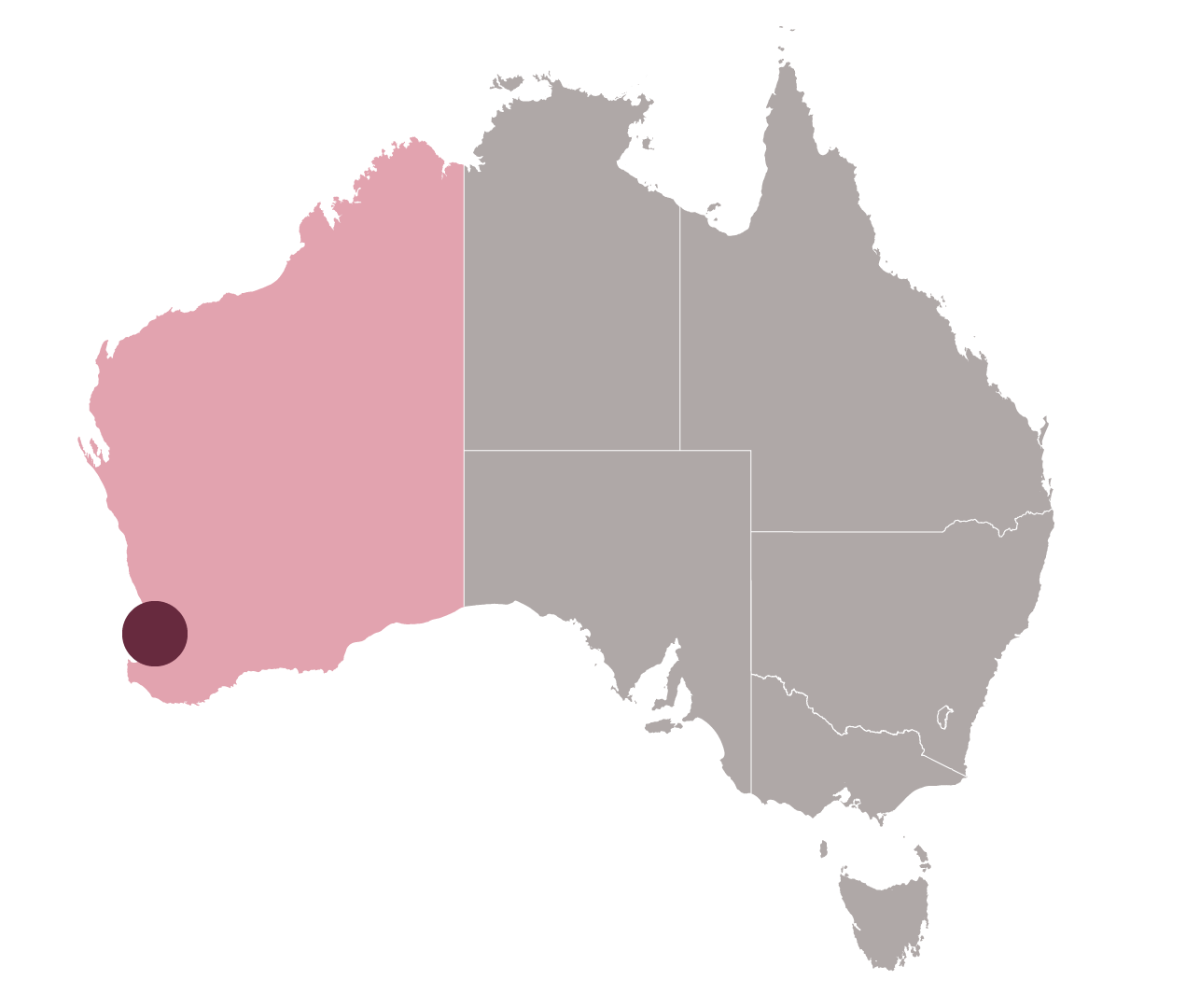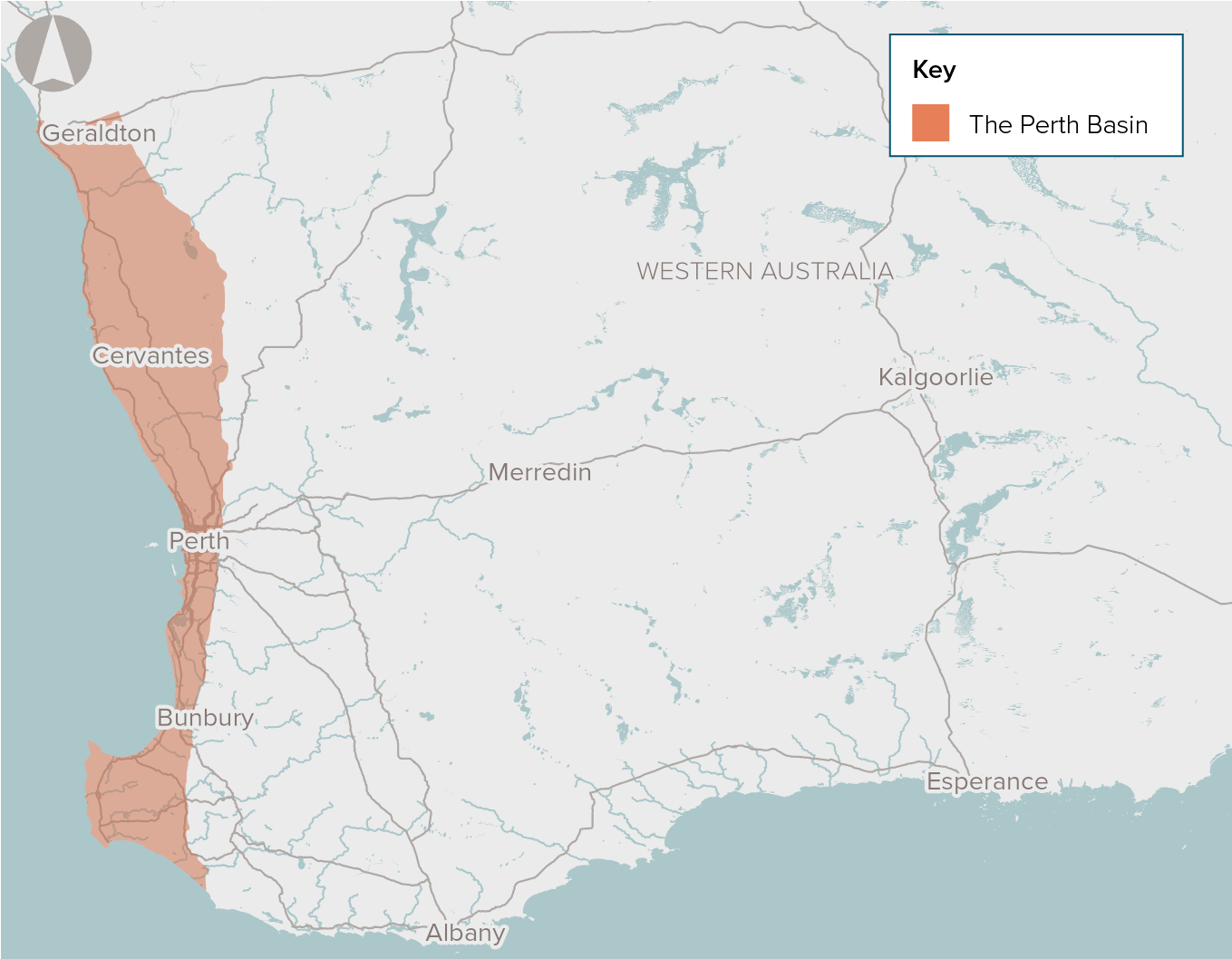

Water sources in Perth and across Western Australia’s south-western coast face considerable risks, including the impacts of climate change, population growth, ageing assets and changing needs and expectations from water users. Failure to address these challenges could lead to rising water bills, as well as exposing users to declining service quality and reliability.
Declining groundwater availability for non-potable uses also creates risks to urban livability; potentially constraining or increasing the costs of development where alternative water supplies are needed.
Perth’s current water supply comprises a diverse portfolio of water sources, including surface water, groundwater, desalinated seawater and recycled water, serving a population in excess of 2.3 million in the Perth metropolitan area, and the Goldfields and Agricultural Water Supply area.
Streamflow entering Perth’s water storages has dropped from a pre-1975 average of 420 gigalitres (GL) per year, to a post-1975 average of 184 GL per year. In 2015, streamflow dropped to 16 GL, or just 4% of the pre-1975 average.
The sedimentary aquifers along the south-western coast provide the bulk of urban water supplies and are similarly climate-impacted by declining recharge. Some areas have experienced a 15% decline in average rainfall, which has disproportionally lowered groundwater recharge.
In Perth, the proposal is for a program of water sourcing and water demand management interventions to improve water security. This could include a mix of more conventional water sources, as well as more innovative reuse and recovery options, to provide additional sources of climate-independent potable and non-potable water.
Across the south-western coast, timely investments in groundwater use efficiency and infrastructure solutions in small-scale, locally integrated non-potable water supplies will provide water security for irrigating urban green spaces as well as water for commercial and industrial uses, and for agriculture in the urban fringes.
This proposal complements the national Early-Stage Proposal of Town and city water security.
The proponent indicates that potential investment options (Stage 2 of Infrastructure Australia’s Assessment Framework) for Perth water security are currently being explored.
Potential infrastructure and non-infrastructure solutions to address water security for non-potable water uses on the south-western coast are also being analysed. This will form part of a Stage 2 submission.


 EVALUATION COMPLETE
EVALUATION COMPLETE




